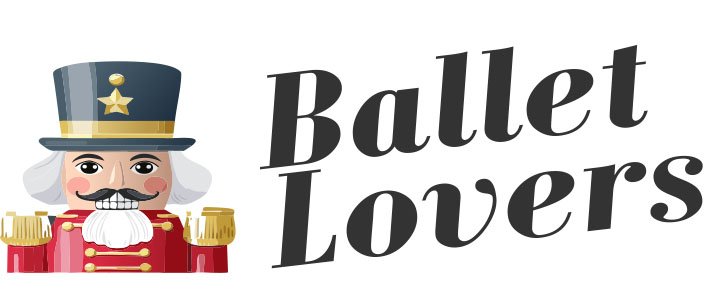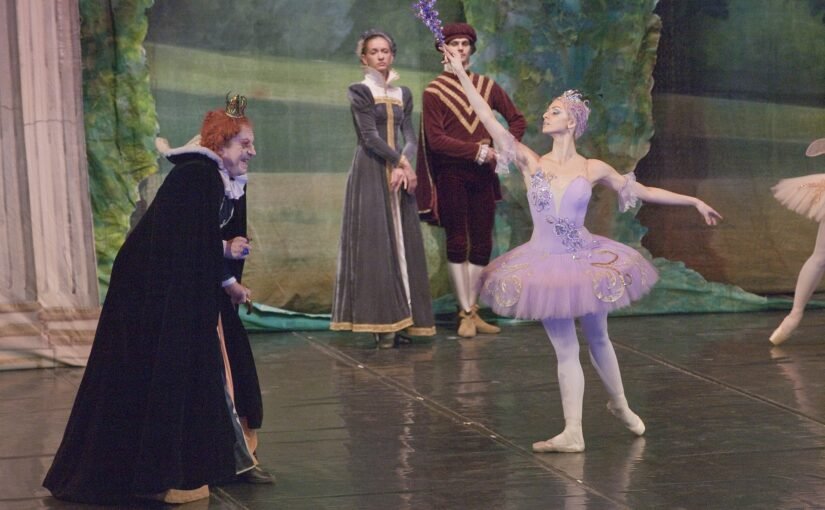As Christmas is coming, many ballet companies around the world bring up their versions of The Nutcracker. This ballet was created by Marius Petipa and Lev Ivanov on a Tchaikovsky score at the request of the Mariinsky Theater in 1892. Believe it or not, The Nutcracker Ballet was widely criticized in its beginning. For example, for presenting children on stage. Some years later, in the 20th century, the Russian choreographers Alexander Gorsky and Vasili Vainonen tried to revive this ballet. So, they revised the choreography and staging, replacing children with adults in leading roles.

Table of Contents
Other versions of the Nutcracker ballet
In 1940, Walt Disney released his film Fantasia, which became a hit at the time. And what does this have to do with our history? The Nutcracker music was part of the soundtrack of the film. This influenced the growing public interest in Tchaikovsky’s work. Then, in 1944, the San Francisco Ballet presents a version of The Nutcracker. And around the same time, the New York City ballet was preparing its own production, choreographed by George Balanchine.
After Balanchine’s work, there were many other successful versions. For example, Nureyev Nutcracker in 1967. This production premiered in Stockholm in 1967. And then it continued its tour to London, Milan, Buenos Aires, Berlin and Paris. In 1976, Mikhail Baryshnikov did his own version for the American Ballet, which would also become the most famous television version.
From then on, this ballet began to gain more and more popularity. Nowadays, we could say that it’s not Christmas without a Nutcracker!

What is the story of the Nutcracker Ballet?
The Nutcracker is a ballet in two acts with a score by Tchaikovsky. Its story is based on a Dumas adaptation of Ernst Hoffmann’s tale, The Nutcracker and the Mouse King. The story may vary a little according to different versions.
Act I
On Christmas Eve, Clara prepares for Christmas with her brother Fritz, parents and relatives. At that very moment, Drosselmeyer arrives. He is Clara’s godfather, but also a magician and an expert toymaker. Drosselmeyer gives away toys and some dancing dolls. Besides, he offers Clara a nutcracker doll in the shape of a wooden soldier that she accepts with great enthusiasm. But Fritz feels jealous, so he breaks the Nutcracker and makes Clara burst into tears. Then, Drosselmeyer tells Fritz off and repairs the toy.
After the party, Clara is exhausted and lies down on the sofa. As the clock strikes midnight, mice begin to fill the room. Also, the Christmas tree begins to grow, and the nutcracker comes to life. Clara finds herself in the middle of a battle between an army of soldiers and the mice led by the Mouse King. The nutcracker appears to lead the soldiers. Clara helps him by throwing a shoe at the mouse king and manages to drive them away. Finally, the mice are defeated, and the nutcracker transforms into a prince. He leads Clara to a beautiful winter landscape in which snowflakes dance around them.
Act II
Flying towards the world of fairies, Clara and the Prince arrive at the kingdom of sweets where a party is held in their honour. The Sugar Plum Fairy welcomes them and a series of traditional and exotic dances from different countries take place: the Spanish Dance, the Arabian Dance, the Russian Dance, the Mirliton Dance and the Waltz of Flowers. Finally, the Sugar Plum Fairy and the Cavalier dance a Pas De Deux.
After the celebrations, Clara wakes up under the Christmas tree with her wooden nutcracker, happy for her wonderful adventure and the curtain falls. However, in other versions, such as Balanchine’s, it’s not been a dream, and Clara and the prince go together in a sleigh pulled by reindeer.
What does the Nutcracker symbolise?
The oldest dolls date to the 1600s and were used as a tool to break nuts with their teeth. On the other hand, according to German mythology, the wooden Nutcrackers were given as keepsakes to bring good luck to their owners and protect the home. It was believed that Nutcrackers would bare their teeth to evil spirits.

A Brief History of the Nutcracker Doll
So, Germany is the main producer of Nutcrackers in the world, especially in the region of Erzgebirge, located on the border with the Czech Republic. Traditionally, this region was dedicated to mining. But in the 18th century, mineral extraction began to decline, so its inhabitants had to find another way to earn a living. Many chose to turn to the raw material that was most abundant in those places: wood. So it’s how the handicraft industry was born. They began to produce a wide range of utensils and later became famous for the manufacture of toys and Christmas decorations. Afterwards, in the mid-19th, the German carpenter Wilhelm Friedrich Füchtner was the first to mass-produce them. So, he is considered Nutcrackers’ father.
But how did they become known worldwide? After the Second War World, American soldiers brought them to America and made them famous. And from then on, they have become the most popular Christmas decoration in the world. What is more, the Nutcracker Museum was founded in the American city of Leavenworth in 1995.

The Nutcracker has been on stage for over a hundred years since its premiere and continues to position itself as a ballet classic. We have all heard of this famous work. Perhaps because it knew how to masterfully combine a magical story with the incredible Tchaikovsky’s music and the great choreographers’ academic rigour who brings these characters to life. For some reason, it has become an unmissable title for all the great ballet theatres in the world.
Buy your tickets for Nutcracker Ballet 2025/2026
American Ballet
Costa Mesa, California: 11/12/25-21/12/25
BookRoyal Opera House
22 November 2025–5 January 2026
BookEnglish National Ballet
Thu 11 Dec 2025 – Sun 11 Jan 2026
London Coliseum
BookBoston Ballet
November 28 – December 28, 2025
SubscribeBirmingham Ballet
Fri 21 November – Sat 13 December 2025
BookScottish Ballet
12 – 24 December 2025
Book




Leave a Reply